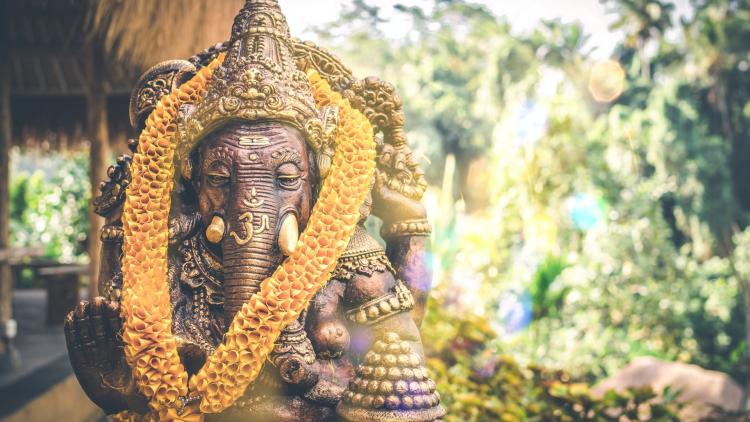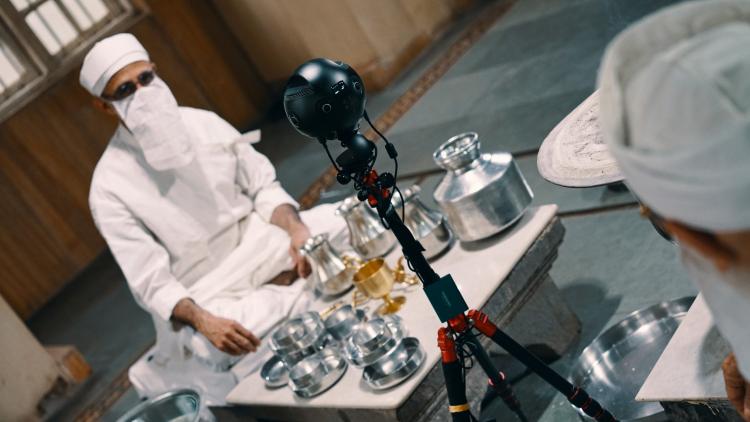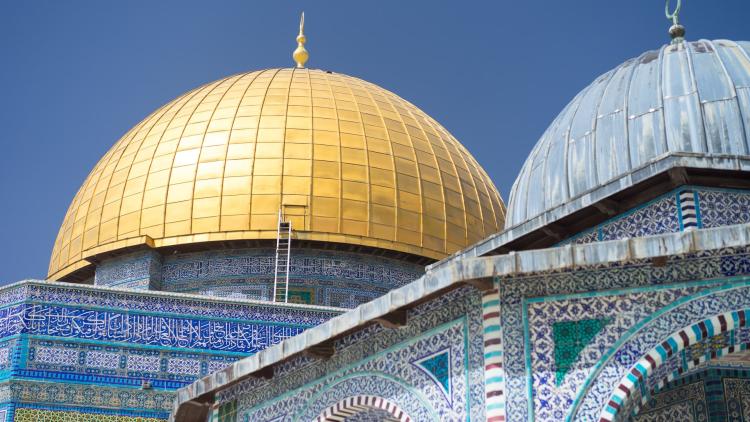Death and the Meaning of Life

Key information
- Status
- Module not running
- Module code
- 158000172
- FHEQ Level
- 6
- Credits
- 30
- Department
- Department of Religions and Philosophies
Module overview
The course explores different attitudes towards death, dying and the meaning of life in contemporary cultural, religious and philosophical traditions.
Cultural specific interpretations of death and dying are significant because they are intrinsically connected with prevalent conceptions of the self, the person, the body, and with definitions of life, and visions of the good life, which are transmitted through ritual and (oral) literature. Death and death rituals are central concerns of most cultural and religious systems.
In his classical study on the representation of death Robert Hertz (1907/9) has pointed out that in many cultures death is not understood as a unique moment, but as an episode in a journey which integrates life and death. Death is generally depicted to be not the end of life. Nor are the dead entirely disconnected from the living.
Students will explore notions of the meaningful life and the good death through the analysis of religious practices of voluntary death, martyrdom, and sacrifice, as well as rites of mourning and commemoration in selected traditions. At the end of the course students should have gained a comprehensive understanding of the complex variety of death practices and of the symbolism of death and the meaning of life in the major religious and secular traditions. Each student will have studied in depth at least two important cases.
Objectives and learning outcomes
The aim of the course is:
- To provide students with an overview of the principal themes underlying representations of death in contemporary and ancient religion and philosophy. Case studies and focused readings will introduce students to conceptions of death and the meaning of life in different religious traditions.
- Cultural specific interpretations of death and dying are significant because they are intrinsically connected with prevalent conceptions of the self, the person, the body, and with definitions of life, and visions of the good life, which are transmitted through ritual and (oral) literature. Death and death rituals are central concerns of most cultural and religious systems. In his classical study on the representation of death Robert Hertz (1907/9) has pointed out that in many cultures death is not understood as a unique moment, but as an episode in a journey which integrates life and death. Death is generally depicted to be not the end of life. Nor are the dead entirely disconnected from the living.
Students will explore notions of the meaningful life and the good death through the analysis of religious practices of voluntary death, martyrdom, and sacrifice, as well as rites of mourning and commemoration in selected traditions.
At the end of the course students should have gained a comprehensive understanding of the complex variety of death practices and of the symbolism of death and the meaning of life in the major religious and secular traditions. Each student will have studied in depth at least two important cases.
Method of assessment
- An essay of 3,000 words (40%)
- An essay of 3,000 words (60%).
Suggested reading
- P.Ariès. Western Attitudes towards Death from the Middle Ages to the Present . Boston, 1974.
- J.Bowker. The Meanings of Death. CUP, 1991.
- R.Hertz. Death and the Right Hand. Aberdeen: Cohen & West, 1960.
- K.Garces-Foley (ed.). Death and Religion in a Changing World. M.E. Sharpe, 2005.
- F.E.Reynolds & E.H.Waugh (eds.). Religious Encounters with Death. University Park: Pennsylvania U.P., 1977
Convenor
Disclaimer
Important notice regarding changes to programmes and modules.


